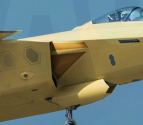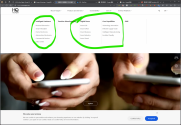The sums are pretty trivial so this particular example isn't much cause for concern, but in principle excessive profitability is a market signal that a sector is in need of competition. AVIC should put out tenders for other stealth coating suppliers.
Either this company invests more of its profits into R&D to defend its share, or it cuts prices, or a competitor provides a superior product. Whatever the case, the outcome will be better coatings at lower prices.
What is your basis for suggesting that this company makes 'excessive profitability'?
By your logic, it would be simply easier if they just void the patent and have everyone copy them. /s


